Darren Palmer’s ABCs of interior design


When you understand the origin of great design, and its basic vernacular, you’ll find it so much easier to apply to your own home.
When you understand the origin of great design, and its basic vernacular, you’ll find it so much easier to apply to your own home. Here’s my quick and easy guide.
Armoire – A large, two-door standing cupboard commonly for storing clothes, often wider than an adult’s arm-span.
Art deco – Popular from the 1920s into the ’30s, art deco is best identified by its characteristic geometric shapes, visual drama through the use of colour and geometry, metallic finishes and mirrors, with elements reflecting influences from African tribal designs, Mesoamerican forms, Greco-Roman relief, patterning and materials and ancient Egyptian forms and stylisation.
Art nouveau – Inspired by natural forms and structures, art noveau might best be recognised in the iconic French metro station signs with the period enjoying popularity between 1890 and 1910.
Arts and crafts movement – Formed by artisans and practitioners between circa 1880 to 1920 in reaction to a rejection of impersonal, mechanised, mass-produced objects, the arts and crafts movement focused on workmanship to emphasise integrity and quality.

It’s important to understand the origin of great design and its basic vernacular. Photo: Jessica Hromas
Banquette – An upholstered bench along a wall.
Baroque – A highly extravagant and ornate style of architecture, music and art seen from the early 17th century until the mid-18th century, characterised by contrast, movement, exuberant detail, deep colours and grandeur invoking a sense of awe.
Bauhaus – The famous German art and design school which operated between 1919 and 1933 that was world-renowned for the combination of crafts and arts, creating a modernist movement throughout the fields of art, architecture and graphic, industrial and interior design of the same name..
Bevel – An edge that is not perpendicular to the face creating a mitred facet.
Bespoke – Something made specifically for you to your requirements.
Bolster – A long thick pillow, often cylindrical in form.
Bull nose – A rounded profile often applied to benchtops, steps or pool coping.
Chenille – Being the French word for caterpillar, chenille fabrics use silken threads sewn into cotton or wool in tight loops to create a 3D effect, reminiscent of the shape and texture of a caterpillar.
Chintz – A style of fabrics with its origin in India, printed with designs featuring flowers and other patterns in different colours typically on plain backgrounds.
Chinoiserie – A European interpretation and imitation of Chinese and East Asian decorative details from design, architecture, literature and culture.
Coffered ceiling – A series of sunken panels in the shape of a rectangle, square or octagon in a ceiling.

Inside the sitting room in Darren Palmer’s Bondi Beach home. Photo: Jessica Hromas
Dado rail – A type of moulding fixed horizontally to the wall around the perimeter of the room also known as a chair rail.
Detailing – Elements of how a design is resolved, from finish, inclusion, resolution of intersections of materials or planes, connecting points, visible additions and aesthetic or physical contributions to the finished product.
Dormer – A roofed structure often containing a window that projects beyond the plane of a pitched roof.
Egyptian cotton – An extra-long staple cotton fibre generally considered of the highest quality in the world due to its strength, softness and colour retention. Pima or Supima cotton is another highly regarded extra-long staple cotton fibre grown in the US.
Energy rating – A star rating indicating how much water or energy a building or appliance consumes.
Faux – A manufactured finish or object replicating that of a real or naturally occurring one.
Federation – A period of architecture or architectural style referencing the period between 1890 and 1915 aligning with the federation of the Australian colonies.
Fleur-de-lis – A stylised lily composed of three petals bound together near their bases, especially associated to the former royal coat of arms of France used as a traditional decorative design or motif.
Flock – Powdered wool or wool like synthetic powder applied to cloth or paper which is used to simulate velvet cutouts creating a soft, raised effect applied to wallcoverings and other objects.
FF&E – Furniture, Fixtures and Equipment also known as Fittings, Fixtures and Equipment describing movable furniture, fixtures and other equipment that have no permanent connection to the structure or its utilities.
Grasscloth – A textured wallpaper woven from generally natural fibres originating in France in the 18th century, identifiable through its textured appearance and visible and deliberate joins between panels.
Hue – The singular colour from within the spectrum of red, orange, yellow, green, blue, indigo and violet. The tone of these colours can be changed to provide nuance to the hue.
Interest – Visually something that adds to the contrast and appeal of a space. Visual interest can come in the form of a statement piece, artwork, colour, pattern or texture, lighting or whatever it is that provides variation from what could otherwise be a mundane collection of objects or materials.

A quick and easy guide to the ABCs of interior design. Photo: Jessica Hromas
Jacquard – Fabrics created using a loom process which raises each warp thread independently of the other threads.
Jute – A long, shiny and soft vegetable fibre that can be spun into course threads.
Kilim – A flat traditional tapestry woven carpet or rug.
Knocked down – Furniture that is supplied in pieces needing to be assembled.
Laminate – Lamination is a technique of fusing multiple layers of material to create a composite material. Often laminates will mimic the visual look and sometimes physical texture of authentic materials such as timber, metal or stone.
LED – Light-emitting diode, a type of semiconductor that emits a light when current flows through it.
Linen – Fabrics made from flax fibres.
Martindale – The rub rate with which the durability of fabrics is judged. The higher the martindale or rub rate, the more durable it will be, making different rub rates or martindales more appropriate for low human physical contact such as drapery or high contact such as commercial furniture.
Monochromatic – Consisting of a single colour, be it white, black or any colour in the spectrum. You can achieve a monochromatic look by using colours of the same hue but with a variation of tone.
Occasional furniture – Furniture pieces such as side tables, coffee tables, consoles and lounge chairs.
Opaque – Something you can’t see through.
Patina – An aged finish acquired through the oxidisation or exposure to elements of finishes such as copper, bronze or metals, leather, timber and some stones.
Pelmet – Framework that is designed to conceal the tracks and headers of curtains to provide a cleaner look to the tops of drapery or to conceal blinds. They also serve as a physical barrier above curtains to prevent cold or hot air permeating a room from the windows behind window coverings.
Percale – A closely woven plain weave fabric usually with a thread count of 200 or higher used for bed covers.
Piping – The fabric “cord” that borders the edge of upholstered furniture or cushioning, often in a contrasting colour or white to define the edge.

The coffee table in Darren Palmer’s Bondi Beach home. Photo: Jessica Hromas
Resolved – Something in design that is well considered from every angle including but not limited to function, form and finish which is balanced and complete.
Sconce – A wall light.
Shark nose – A mitred edge with a downward and inward bevel, taking on the appearance akin to the side profile of a shark’s nose.
Tone – The amount of black or white in a colour.
Thread count – The number of threads per square inch. A consideration of thread count is that a higher number of threads doesn’t always mean a better quality, a thicker fibre may allow less threads per square inch, but provide a higher quality product and hand feel.
Tint – The colour that’s added to a base to colour paint. Paints will either start with a light or dark base, then the colour nuance is added with a number of tints to create the correct colour.
Trevira – A synthetic fabric with a linen-like appearance, but with the likelihood of better UV resistance and flame retardance.
Veneer – A thin skin of real timber usually applied to MDF board (medium-density fibreboard) for application in kitchen cabinets and other joinery.
VJ panel – A tongue-in-groove look applied as a sheet or panel, with the breaks in the timber replicated with a V-shaped, routed groove at regular or irregular intervals in the panel to create a linear look.
VOC – Solvents that are released into the air as paint dries which can cause headaches, dizziness and other acute symptoms through exposure. The lower the VOC the less volatile organic compounds are released into the air.
Wabi Sabi – The Japanese approach to the celebration of the beauty in imperfection.
Wainscoting – Timber panelling generally from the skirting board to below either one-third of the room’s height at dado rail or approximately around one-metre height give or take 10 centimetres.
Warp and weft – Fabrics are comprised of two basic component threads, the warp being lengthwise or longitudinal yarns which are held stationary under tension on a loom, with the weft threaded over and under from one side to the other.
White price – The price of an upholstered piece of furniture without the fabric included.







Leave a comment